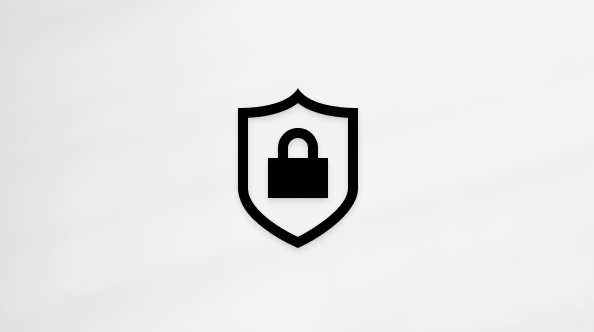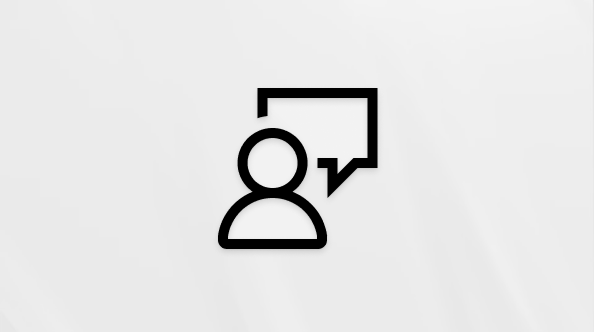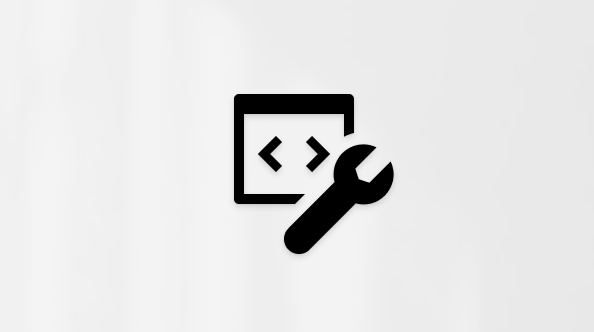Manage User Accounts in Windows
Applies To
Windows 11 Windows 10Windows allows adding multiple user account to use the same device, enabling each user to have their own settings, documents, and applications.
For example, parents can have their own accounts with administrative privileges to manage settings and install software, while children can have standard accounts with parental controls enabled to monitor and limit their usage. This ensures that each family member has a personalized experience with their own files, settings, and appropriate access levels, while also keeping family members’ data private and secure from each other.
For personal and work or school use, having separate user accounts can help maintain a clear boundary between personal files and activities and those related to work or school. For instance, a user might have one account with personal emails, social media, and leisure applications, and another account with work or school emails, productivity software, and access to professional or educational resources. This separation not only helps in organizing and focusing on the task at hand but also adds an extra layer of security by keeping sensitive work or school data compartmentalized.
-
In the Settings app on your Windows device, select Accounts > Other user or use the following shortcut:
-
Under Add other user, select Add account
-
Enter the account information for this person to sign in:
-
If the person you're adding already has a Microsoft account, enter the email address
-
If the person you're adding doesn't have a Microsoft account, you can use their email address to create one. Enter the email address that person uses most frequently and select Sign up for a new email address
-
If you select the option I don't have this person's sign-in information, you can sign up for a new email address and create a new Microsoft account. If you want to create a local account, select the option Add a user without a Microsoft account
-
-
Follow the instructions to finish setting up the account
Important:
-
Microsoft recommends using a Microsoft account, not a local account, when signing in to Windows. Using a Microsoft account in Windows allows for seamless integration of Microsoft services, enhanced security, and sync across devices, unlike a local account.
-
Learn more about Microsoft accounts in Sign in with a Microsoft account.
If you are part of a family group, you can also add your family members to Windows from the Settings app > Accounts > Family, or with the following shortcut:
To learn more, see Getting started with Microsoft Family Safety.
-
In the Settings app on your Windows device, select Accounts > Other user or use the following shortcut:
-
Under Other users, select the flyout for the account you want to remove
-
Next to Account and data , select Remove
Note: removing an account doesn't delete the person's Microsoft account. It removes their sign-in information and data from the device.
If you're using the same Windows device for both personal and school or business work, you might want to connect the accounts to make it easier for you to access files, email, apps, and information associated with each account. When you connect your work or school account, you'll be connected to your organization, and have access to its resources.
Note: to connect a work or school account, your organization must support personal devices, or bring your own device (BYOD) scenarios.
-
In the Settings app on your Windows device, select Accounts > Access work or school or use the following shortcut:
-
Next to Add a work or school account, select Connect
-
Enter the account information, select the account type, and then select Add
-
In the Settings app on your Windows device, select Accounts > Access work or school or use the following shortcut:
-
Select the dropdown next to your work or school account and select Disconnect
-
Select Yes to confirm
Note: disconnecting a work or school account doesn't delete the account. It removes the sign-in information and data from the device.
To make signing in to your accounts easier and faster, you might want to add accounts for different apps.
-
In the Settings app on your Windows device, select Accounts > Email & accounts or use the following shortcut:
-
To add an account used by email. calendar, or contacts, select Add an account under Accounts used by email, calendar, and contacts
-
For other apps, select Add a Microsoft account or Add a work or school account
-
Follow the prompts to add the account
If needed, a user account can be configured as an administrator.
Important: you should limit the number of administrators on your Windows device because administrators have complete control over the system. Administrators can change settings, install software, and access all files. If too many people have this level of access, it could lead to security risks like malware installation or unwanted changes to your system. It’s safer to have fewer administrators and to use standard user accounts for day-to-day activities.
-
In the Settings app on your Windows device, select Accounts > Other user or use the following shortcut:
-
Under Other users, select the flyout for the account you want to change
-
Next to Account options, select Change account type
-
From the dropdown, select the account type and then select OK











